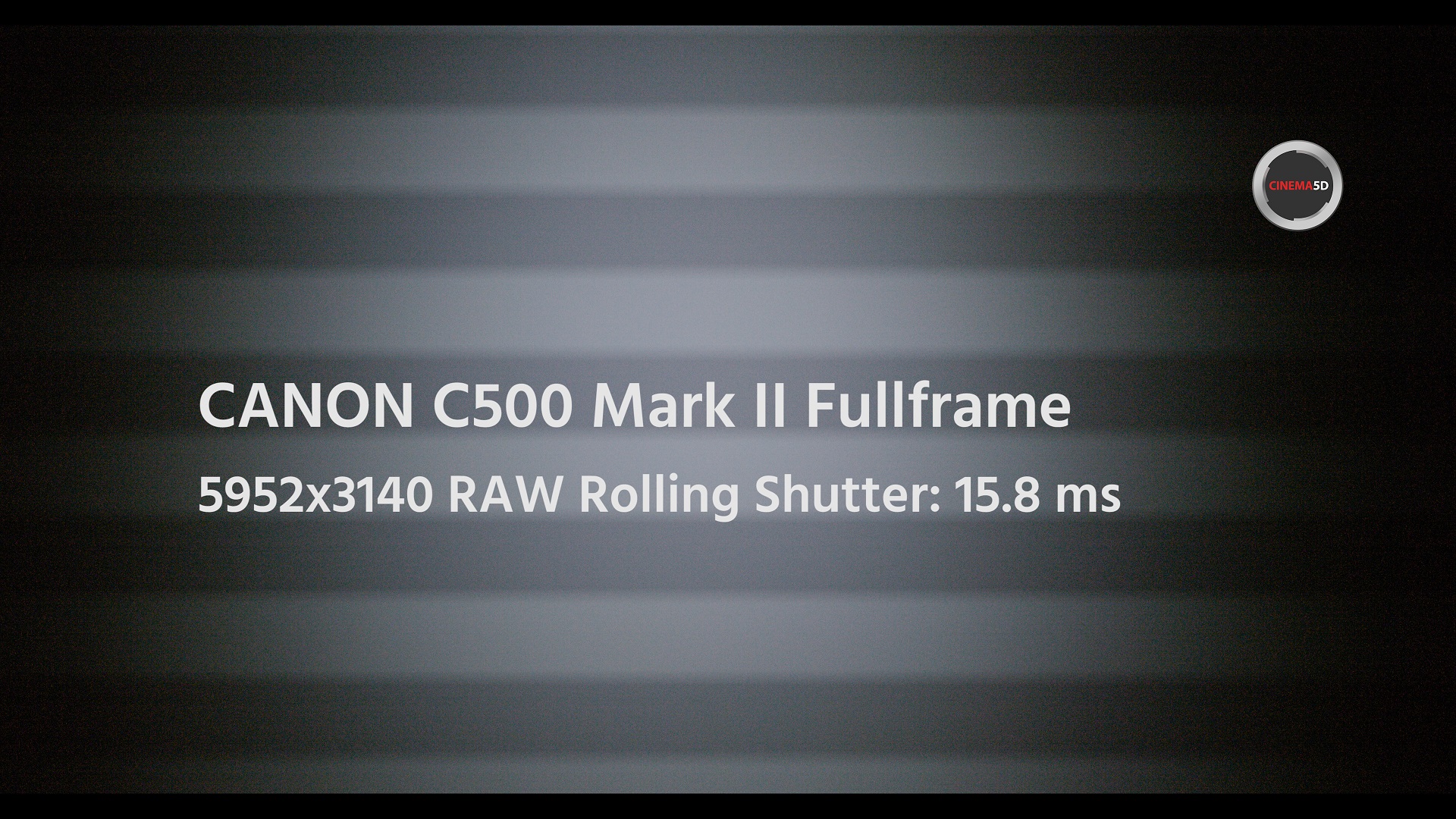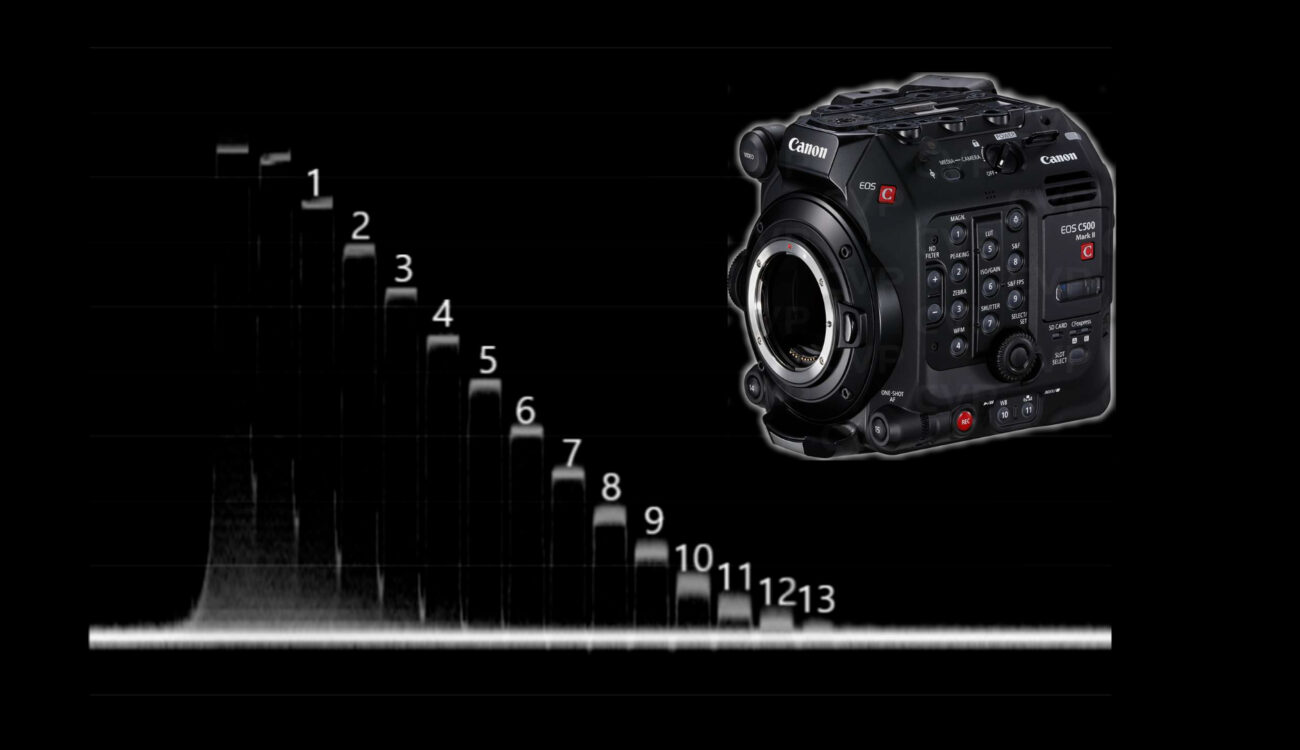
Having tested now various mirrorless full-frame cameras for the last 2 years in our cinema5D lab, I was really curious to put a “real” cinema camera with a full-frame sensor through the paces one day. This day had finally arrived when the Canon C500 Mark II was available in the cinema5D headquarters earlier this year. Will it take the crown in our lab tests? Read on …
A lot has been said and done on the Canon C500 Mark II already, for example by my colleagues Nino or Ollie here or here.
So without further delay lets jump right into the lab test …
Dynamic Range Result of the Canon C500 Mark II at ISO 800
Please have a look at how we test dynamic range of cameras here.
The dynamic range of the C500 Mark II using the internal 10bit XF-AVC codec at UHD 25fps using Canon Log2 / C.Gamut (Color Matrix “Neutral”) shows a very strong 13.1 stops at a signal to noise ratio of 2, see figure 1 below (noise reduction “off”). This result comes directly behind the ARRI Alexa (14 stops), and is the second-highest value we measured so far – pushing the Panasonic S1H (12.7 stops) from the second to third place!
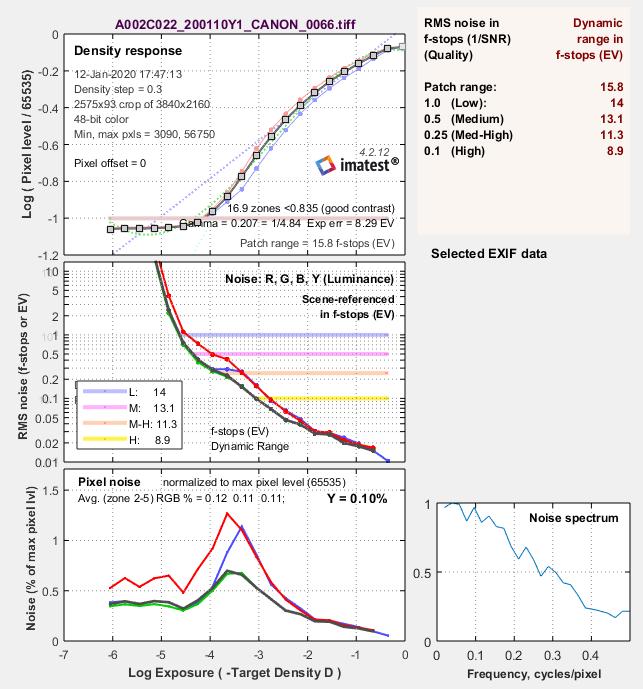
Fig. 1: IMATEST dynamic range result for the Canon C500 Mark II at 25fps, UHD, 10bit XF-AVC codec (CLOG2 / C.Gamut) at ISO 800
The waveform of the Xyla21 stepchart confirms this:
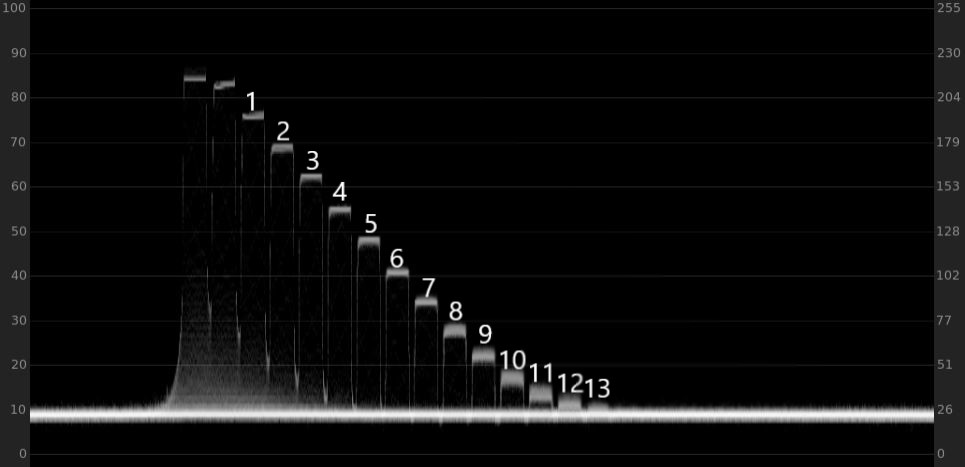
Fig. 2: Waveform plot of the Xyla21 stepchart from the Canon C500 Mark II at 25fps, UHD, 10bit XF-AVC codec (CLOG2 / C.Gamut) at ISO 800 – about 13 stops can be identified above the noise floor!
Now you may ask why I have not used the internal 6K RAW (5952×3140) to test the dynamic range? Well, I did. And got the same result as with other recent raw cameras before: using plain raw without any postprocessing, the images are very noisy. Hence, the dynamic range results from IMATEST are lower – indicating a rather “untouched” image by any in-camera processing.
Rolling Shutter of the Canon C500 MarkII
Using our strobe light at 300Hz, we get a sequence of black and white bars due to the nature of read out of CMOS sensors. Each pair represents 3.33ms.
Seems like we are jumping from one fantastic result to the next – the rolling shutter at 6K RAW (5952×3140, 17:9) comes in at a strong 15.8ms – see figure 3 below.
This is the best result we have measured on a full frame sensor so far! For full frame sensors we haven’t seen a value below 20ms yet, 22ms was quite good already (e.g. Sigma fp), while for instance the Panasonic S1H falls around 25ms.
Latitude (underexposure) Test of the Canon C500 Mark II
Latitude is the capability of a camera to retain detail and colors while over- or underexposing the image. As ususal, we exposed Nino’s face at max. 60% luma value on the waveform monitor, the white sheet of paper below the color checker comes in at around 65%.
This gives a base exposure of 360° shutter at f4.0 at ISO800 (UHD 25fps) – our 0 stops under baseline (internal noise reduction “off” for all tests). From there we successively underexpose the studio scene by increasing the shutter speed to 180°, 90°, 45°, 22.5° and finally 11.25° (5 stops underexposure).
Then, in post production (using DaVinci Resolve 16.1 studio) we push the underexposed images back to the 0 exposure value.
This test reveals a lot of insight about how well a camera (and the used codec) retains colors and detail. Most cameras break apart at 3 to 4 stops underexposure. Exceptions so far: BMPCC6K using BRAW 3:1 and Panasonic S1 (using ProRes HQ via an external recorder) which retain a usable image at 4 stops under.
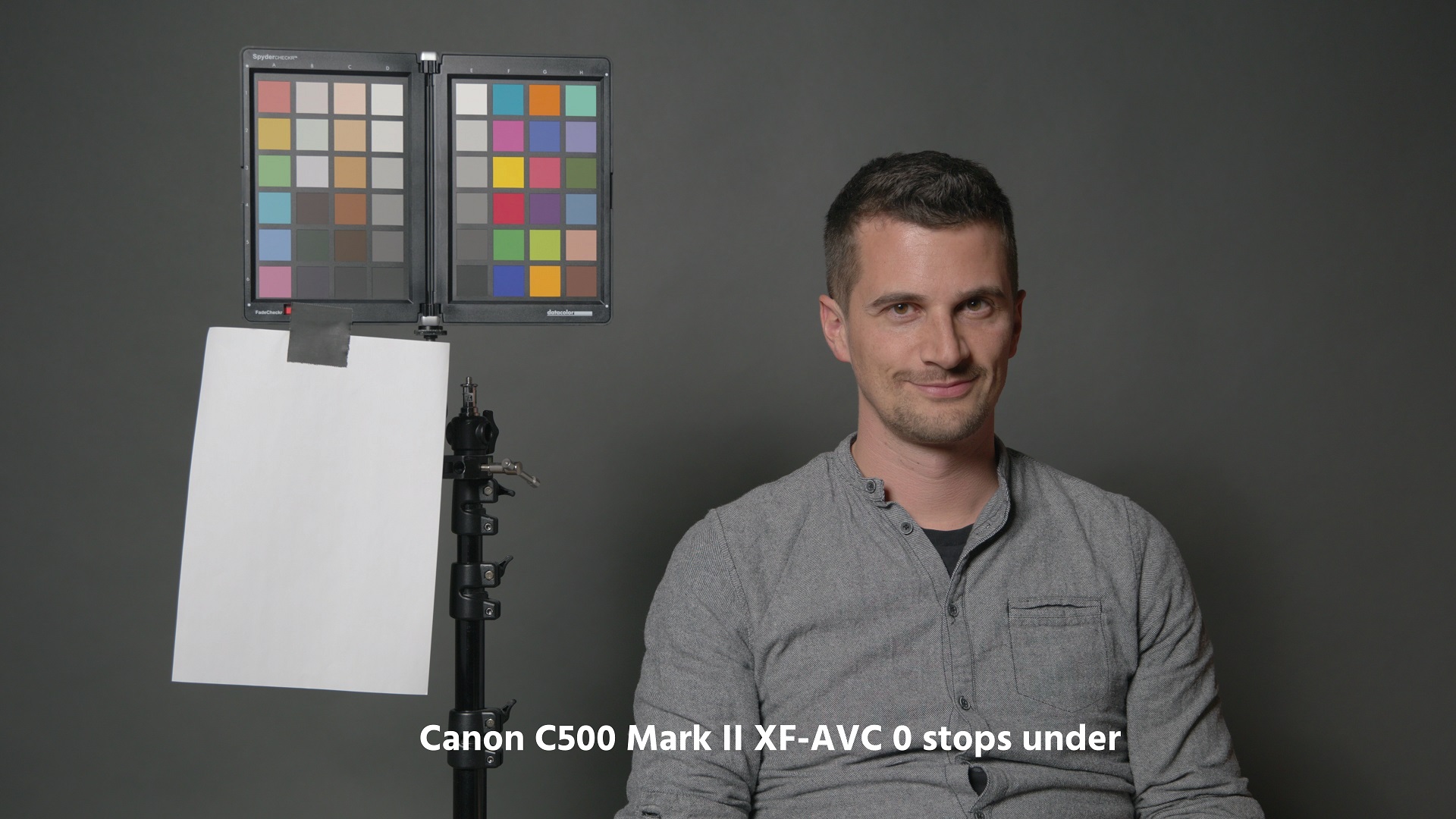
Fig. 4: base exposure of our studio scene for the Canon C500 Mark II, using CLOG2 with the internal XF-AVC 10bit codec at ISO800.
Also here, using the internal 6K RAW results in much noisier images than the internal 10bit XF-AVC provides, so in order to have a better “out of the box” baseline when comparing these images to previous cameras, I decided to show you the internal XF-AVC 10bit images. And you won’t be disappointed ;-).
What goes without saying is that in the hands of an expert the 6K RAW files provide even better flexibility in post, especially the heavily underexposed images.
Let’s jump ahead and have a look at the image which is 3 stops underexposed, and pushed back in post – remember, this is the point where most of the previously tested cameras start to fall apart:
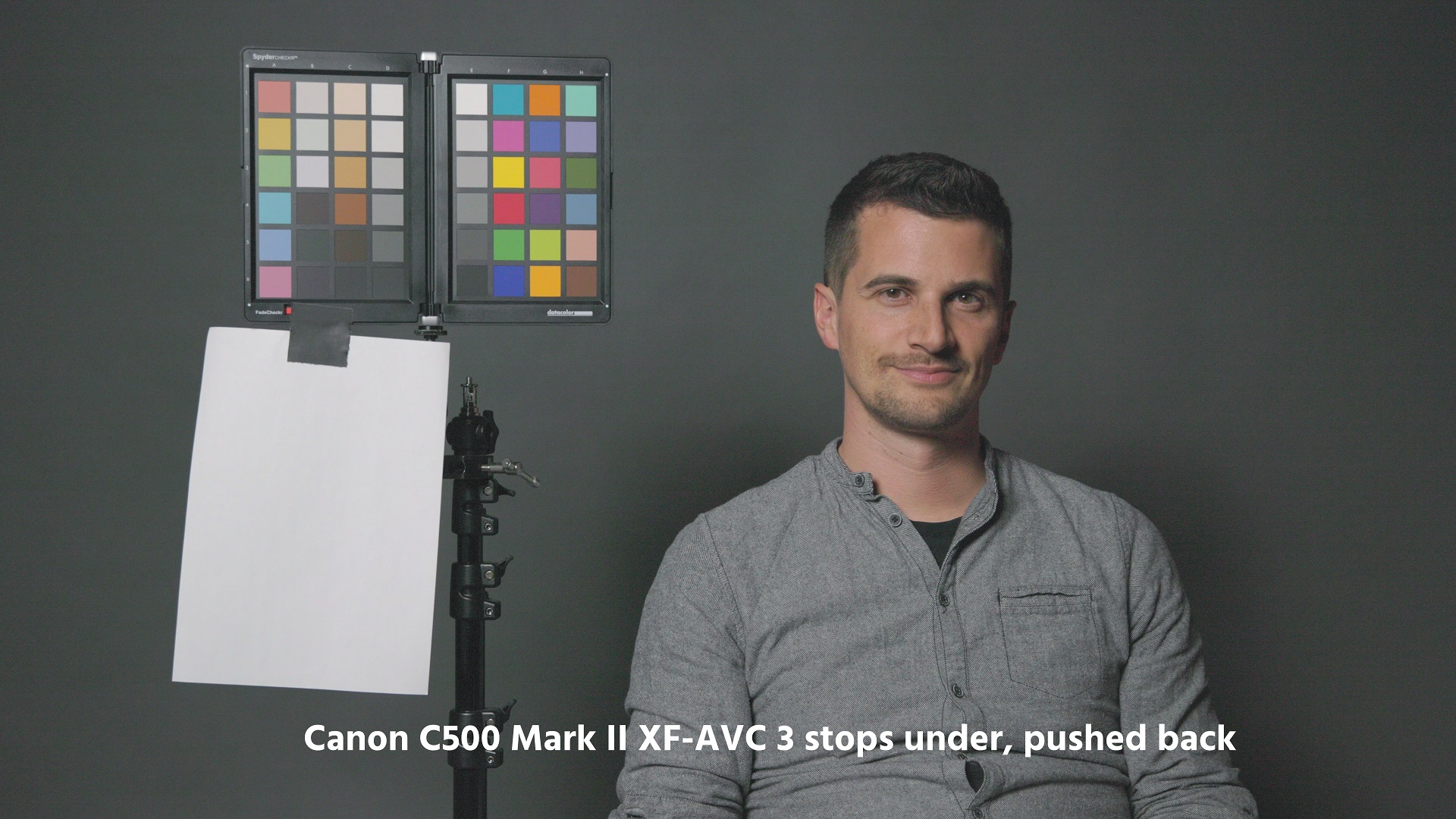
Fig. 5: The Canon C500 Mark II at 3 stops underexposure, pushed back to 0 using CLOG2 with the XF-AVC 10bit codec at ISO800. Still almost perfect.
And the Canon C500 Mark II does not disappoint – the results is almost perfect: very little noise is present, more as a fine grain which looks very good.
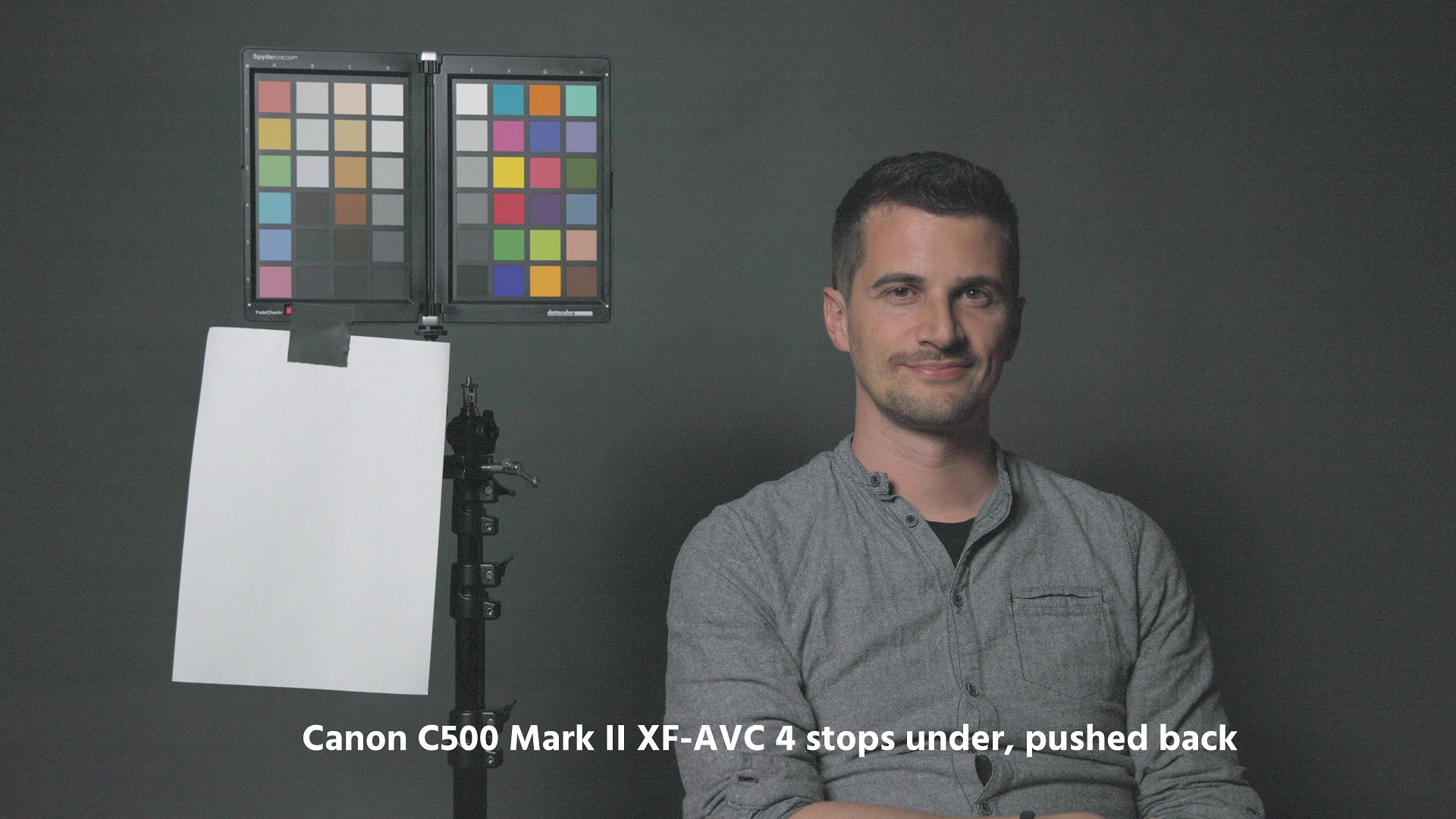
Fig. 6: The Canon C500 Mark II at 4 stops underexposure, pushed back to 0 using CLOG2 with the XF-AVC 10bit codec at ISO800. Noise kicks in but it stays finely dispersed. Very usable still.
More or less the same holds true for the image in figure 6: at 4 stops under, pushed back to zero the image is still quite usable. In addition, the internal XF-AVC encoder manages to encode the noise as finely dispersed grain, hence you can add noise reduction in post production and you get a very usable image – for examplethe noise in the lower right hand side of figure 6 cleans up well – see figure 7:
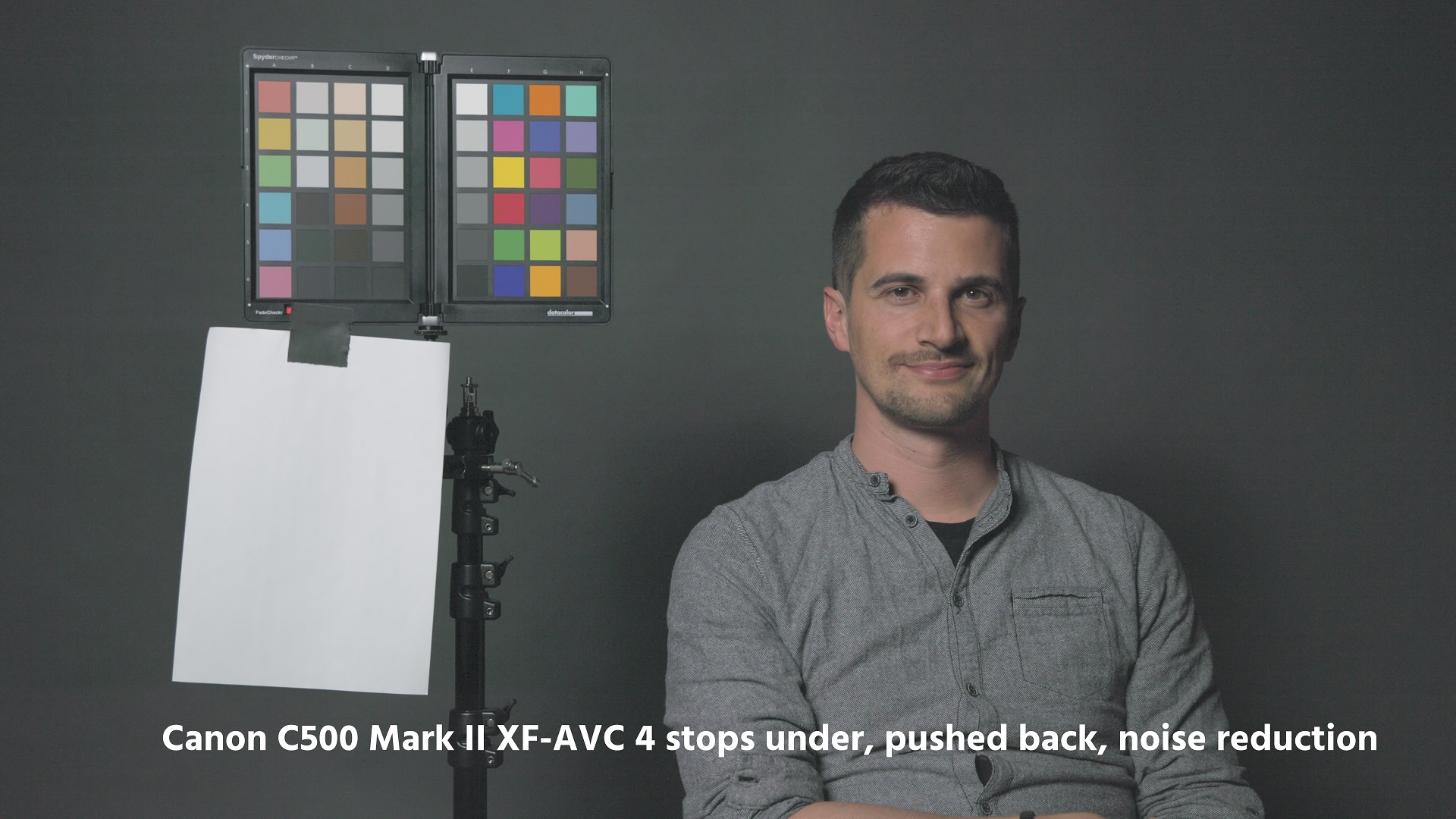
Fig. 7: The Canon C500 Mark II at 4 stops underexposure, pushed back to 0 using CLOG2 with the XF-AVC 10bit codec at ISO800. Noise kicks in but it stays finely dispersed – using noise reduction in DaVinci Resolve (3 frames temporal, 5 threshold value and 4 spatial threshold) it cleans up very well.
Finally, we are reaching now the 5 stops of underexposure. No camera so far has survived this torture test.
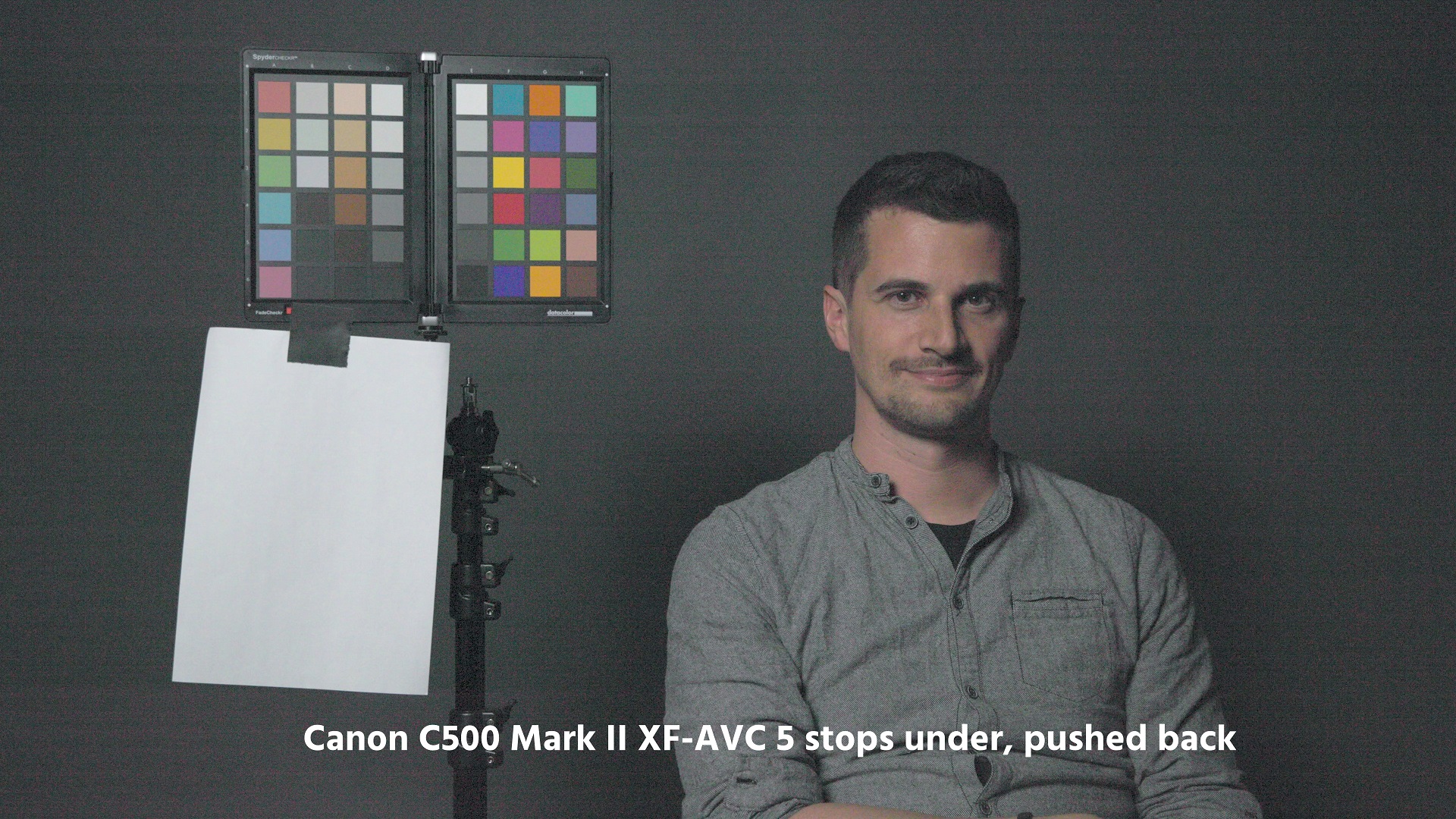
Fig. 8: The Canon C500 Mark II at 5 stops underexposure, pushed back to 0 using CLOG2 with the XF-AVC 10bit codec at ISO800. Very noisy, and horizontal as well as vertical stripes start to appear. Surprisingly good however.
Surprisingly, using noise reduction in post production leads to an image you may still get away with – noise is rather finely dispersed and not too distracting (however, faint horizontal and vertical stripes are appearing) – see figure 9 below:
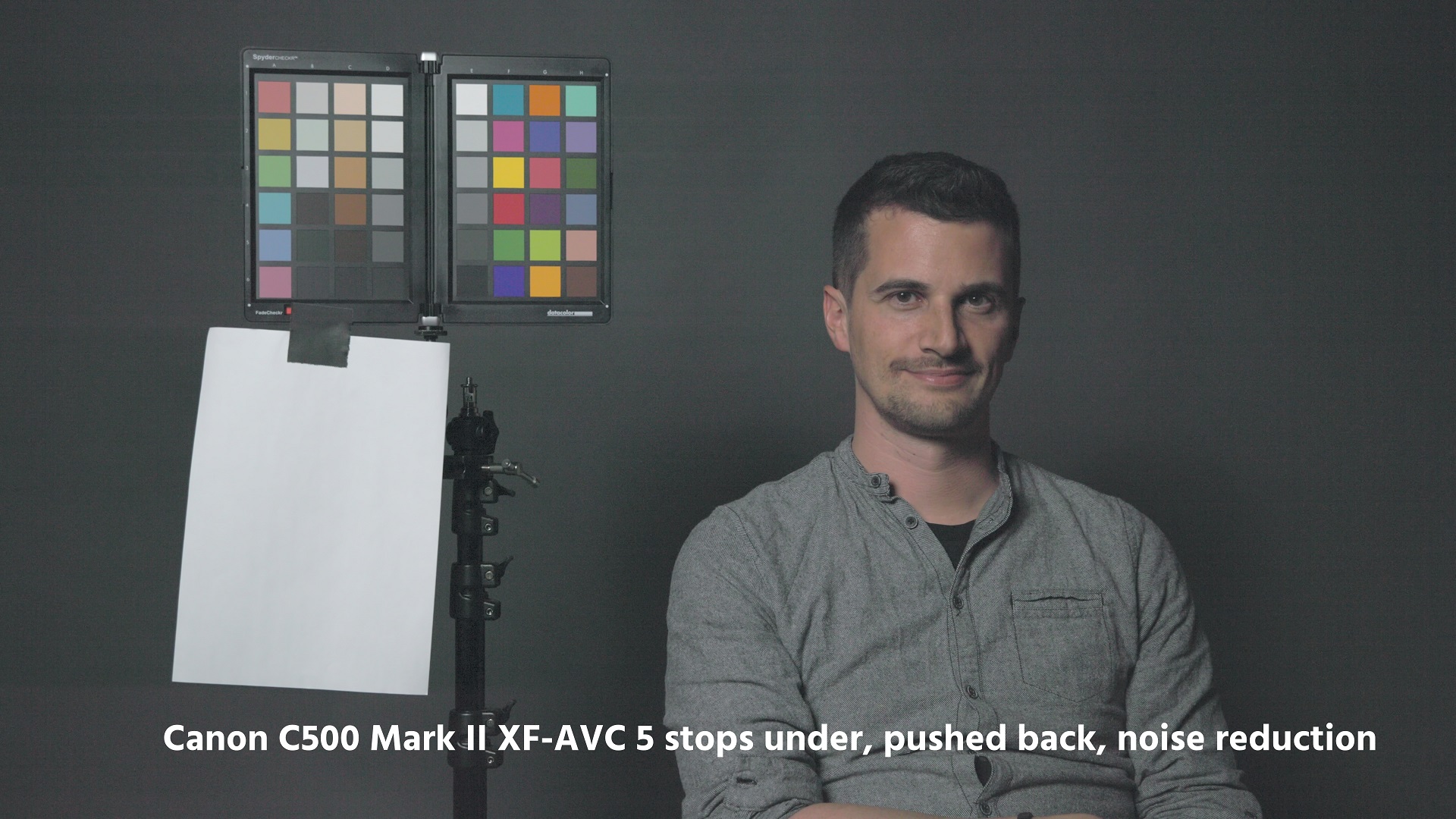
Fig. 9: The Canon C500 Mark II at 5 stops underexposure, pushed back to 0 using CLOG2 with the XF-AVC 10bit codec at ISO800. Using noise reduction in DaVinci Resolve (3 frames temporal, 15 threshold value and 5 spatial threshold) it cleans up OK – still noticeable are vertical and horizontal stripes, but you could get away with this image.
Summary
The C500 Mark II clearly sets the benchmark for 2020 so far in our testing using a 6K Full frame sensor. Even when the second best option is selected, the internal XF-AVC 10bit codec, the results are still fantastic (internal 6K 12 bit raw requires more post processing).
A strong 13.1 stops of dynamic range, the lowest ever measured rolling shutter of 15.8ms for a full frame sensor, and clearly showing what is possible at the underexposure test: using the internal 10bit UHD XF-AVC codec basically down to 5 stops underexposure the image is still usable when applying noise reduction in post.
What are your experiences with the Canon C500 Mark II so far? Let us know in the comments below.
